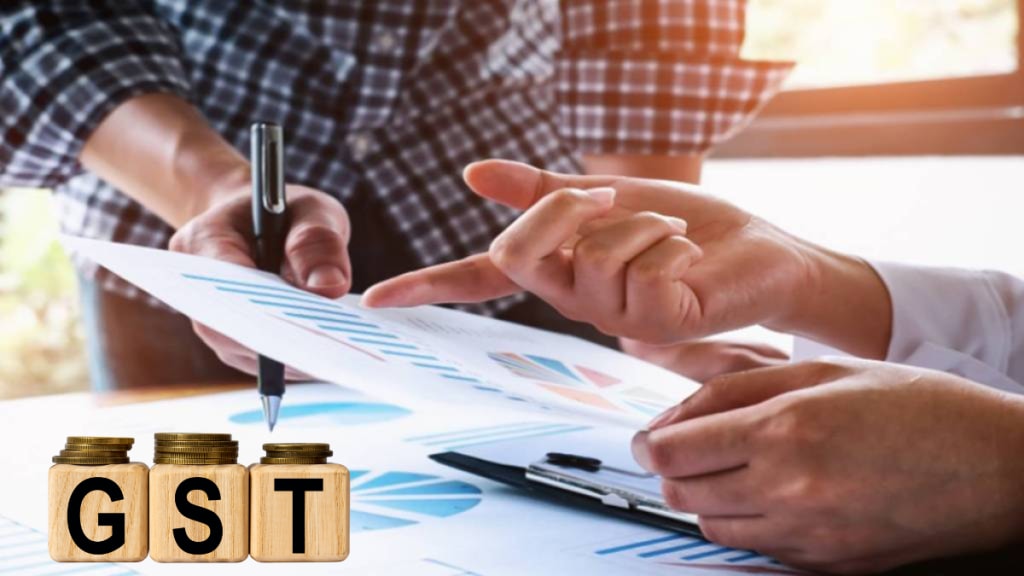India Inc is bracing for a rigorous test as the process of government’s proposed Goods and Services Tax (GST) overhaul gets underway from October.
Industry experts believe that there will be several challenges, as firms will need to navigate a complex mix of pricing adjustments, supply chain recalibrations, and information systems (IT) system upgrades — all while managing the festive season surge in demand.
Sectors such as fast-moving consumer goods (FMCG), textiles, consumer durables, auto, and pharma are expected to be impacted the most. “For sectors impacted by inverted duty corrections, cash flows and working capital planning will need close attention,” Manoj Mishra, Partner and Tax Controversy Management Leader, Grant Thornton Bharat, said. He added that ERP (enterprise resource planning) platforms would need rapid reconfiguration to reflect new rates, leaving little room for error.
Input duty correction is the adjustment that a business makes in situations when the GST on the purchase (raw material) is higher than the tax paid on the finished product, in order to claim a refund.
System Changes & Financial Pressures
In addition, there are other financial implications that go beyond pricing. “Businesses will need to prioritise system changes and carefully evaluate pricing, as some rate changes could lead to credit accumulation and higher working capital requirements,” Abhishek Jain, Indirect Tax Head & Partner at KPMG said. He suggested that companies need to start preparations immediately, including transitioning MRPs for existing stock and updating labelling.
Operational readiness will also be critical as Pratik Jain, partner at Price Waterhouse & Co LLP pointed out. “A comprehensive value chain review will be crucial to manage credit accumulation and working capital exposure,” he said, adding that businesses will also need to manage closing stock, discounts, and product movement to ensure that benefits of lower tax rates reach consumers.
Readiness & Opportunities Ahead
While a complete IT overhaul may not be needed, timely updates to the existing systems will be paramount. “The key requirement will be updating tax rates for inputs and outputs and ensuring these are reflected in invoices and e-invoicing systems,” Saurabh Agarwal, Tax Partner at EY India, said.
Experts added that leveraging the lead time between announcement and implementation will be essential for a smooth transition to ensure the benefits are passed on to consumers.
Amit Saharia, Chief of Strategy at Hinduja Group, added that the reforms could benefit different sectors in varied ways. “Manufacturing and logistics may gain from simplified supply chains, consumer sectors from better margins, and IT from process simplification,” he said, noting that businesses must pass on tax benefits to consumers.
If the ambition of an October rollout, coinciding with the festive season, is to be maintained, it adds both urgency and opportunity. Experts said that if companies can swiftly re-map ERPs, update pricing, and align supply chains, the reforms could boost consumer sentiment at the right time. Lower tax rates on commonly purchased goods could stimulate demand, giving businesses a chance to turn compliance readiness into a market advantage.
Experts said proactive planning across finance, operations, and IT teams will be critical. Those who prepare early can manage compliance efficiently while leveraging GST 2.0 to enhance transparency, operational efficiency, and market responsiveness, positioning India’s businesses for the next phase of growth.


